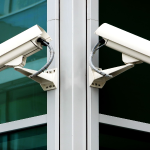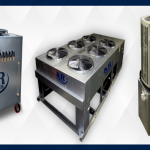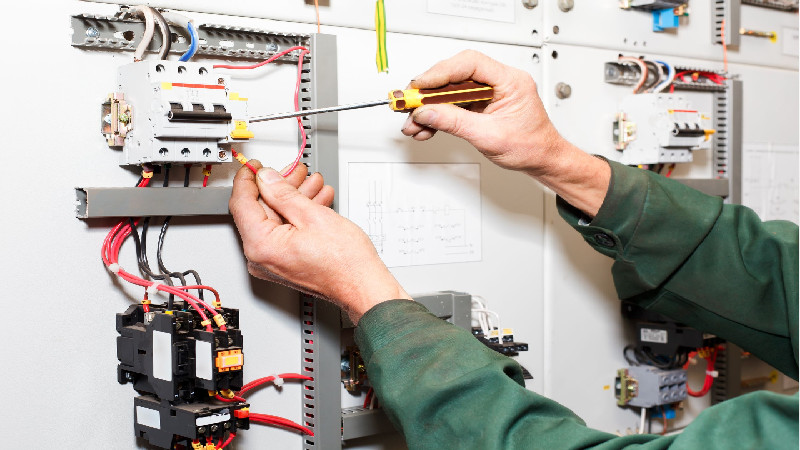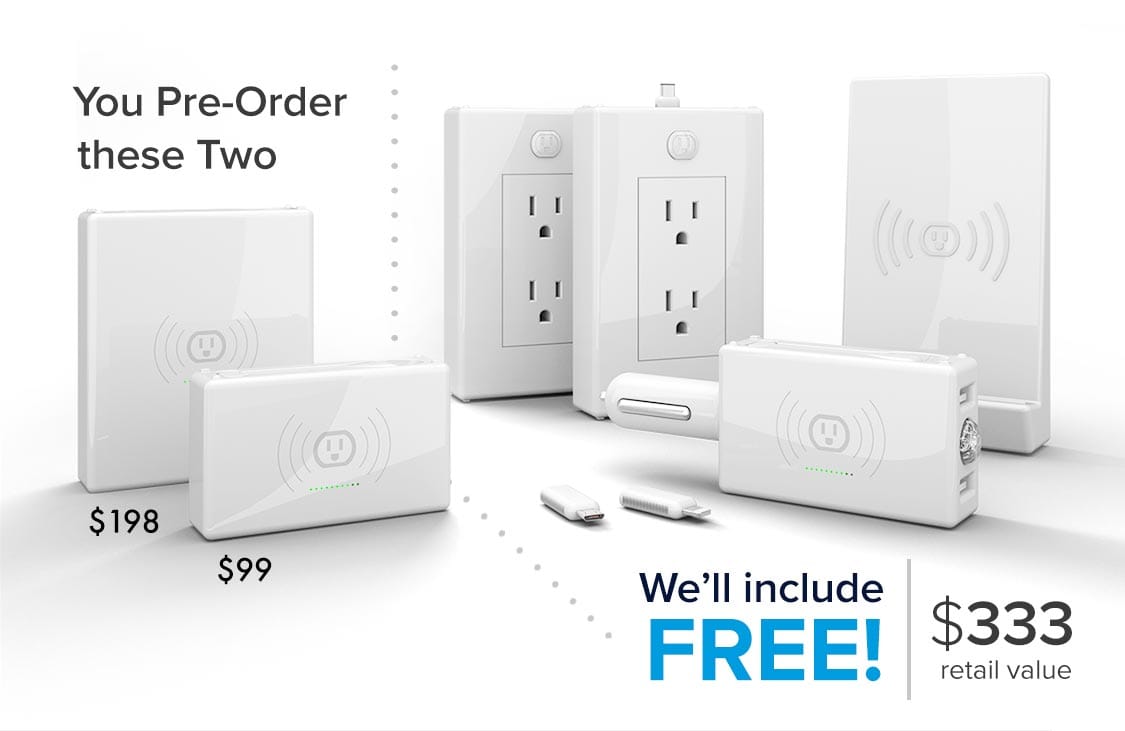There are many different types of pressure sensors used in a variety of applications today. Some of the most common are low pressure sensors, which are designed for use in just about any type of environment. These can include extreme temperature, constant vibration and movement, and even in chemical applications.
The purpose of low pressure sensors is to provide instantaneous feedback when a given pressure drops below a specific point or under very low operating pressures. Different sensors are designed to provide measurements in various pressure ranges.
As with all sensors, the goal of any low pressure sensors is to convert changes in the pressure in a given environment into a readable electrical signal. This allows the device to not only signal changes in pressure but also to connect to the systems required to provide the types of readout necessary for the given use.
Most Common Use of Low Pressure Devices
There is an increasing use of low pressure sensors in the automotive industry. Many of the new vehicles now have standard systems in place to read sensors in tires to detect tire pressure loss. This can be set to a specific range to trigger the indicator light for the driver.
Other uses in automobiles include seats that use air pressure to adjust the settings. Additionally they can be used in air filter systems in the engine to monitor fuel vapor pressure.
Low pressure sensors are also used in aircrafts, weather balloons, satellites, as well as in the aerospace industry. Different designs in these devices can also be included in specific types of air pressure measurements, as well as for barometric pressure changes.
Another option for use of low pressure sensors is in leak detection. This is commonly used in areas where depth sensors are not applicable or when there is a concern about even slight amounts of leakage from a system.
Considerations
* When choosing any type of sensors, there are several factors to keep in mind. These include:
* Mounting design and ease of installation
* The specific design of the sensor with regards to the application and the measurement required
* The reliability of the sensor in the given environment will be essential if the sensor is exposed to liquids, chemicals, or other potentially damaging components
* Interference protection from EMI (electromagnetic interference)
Finding the right low pressure sensors for any application will be easier if buying from a specialized online retailer.







